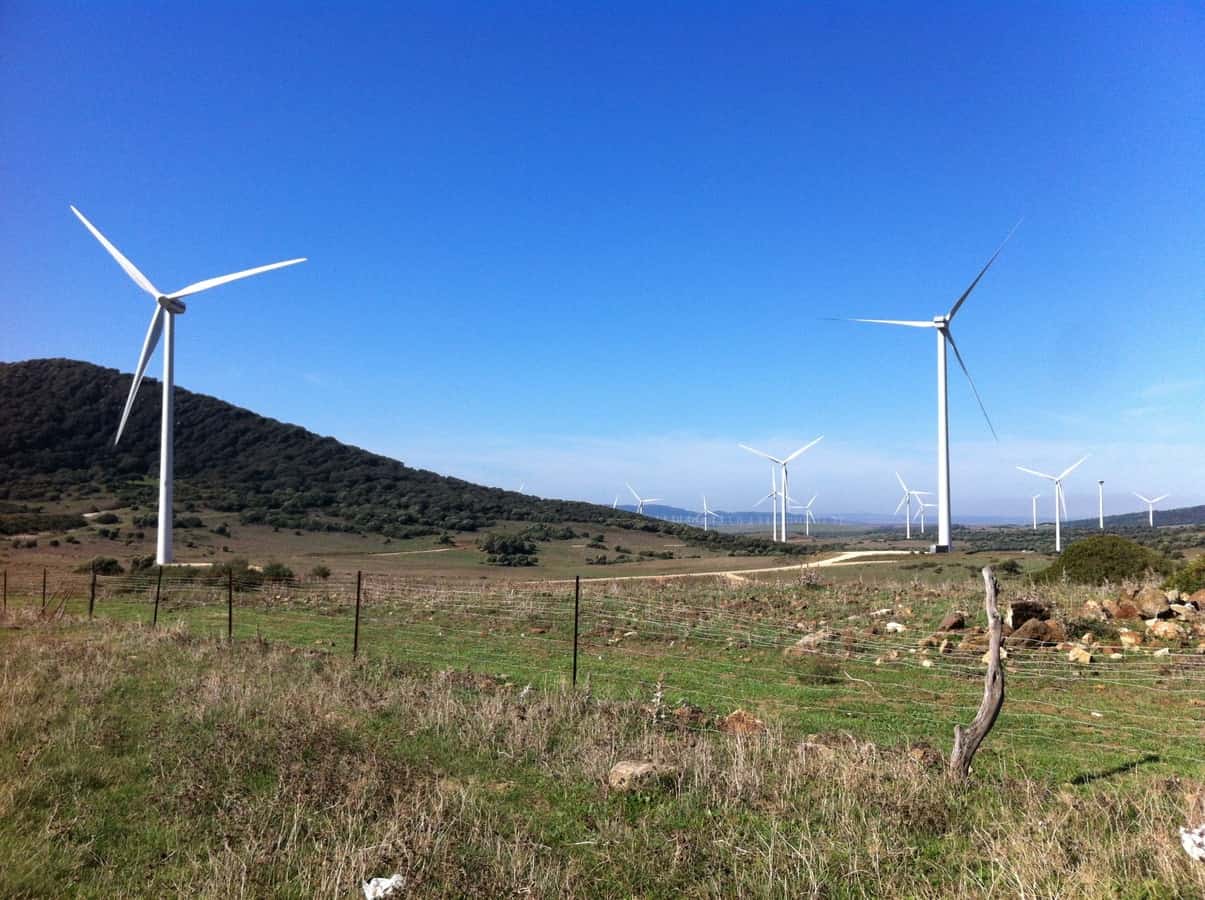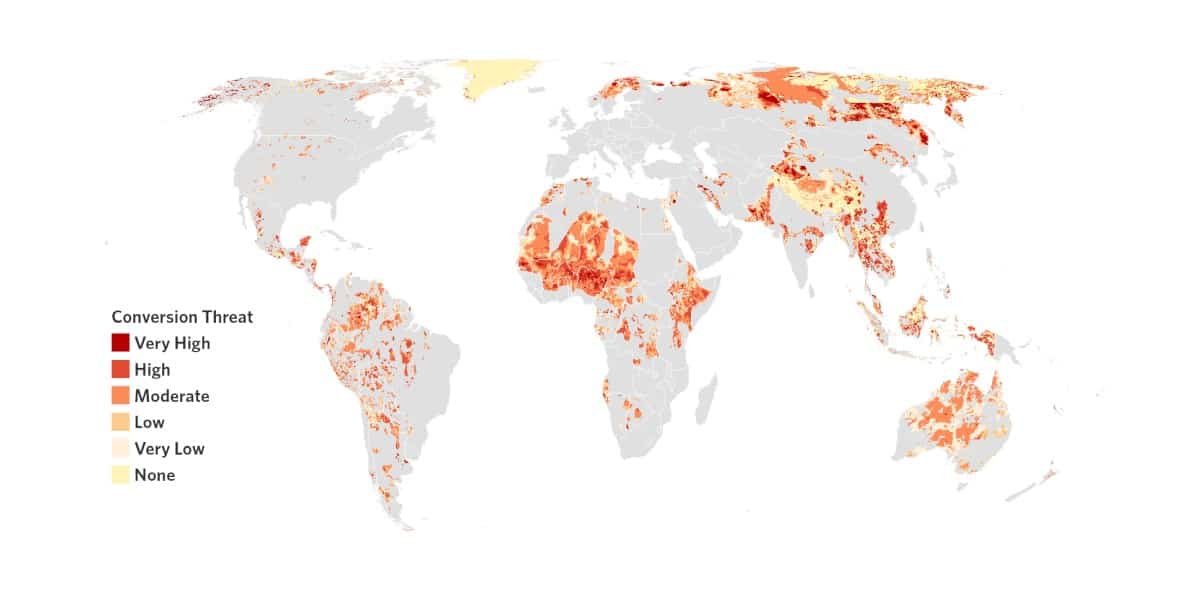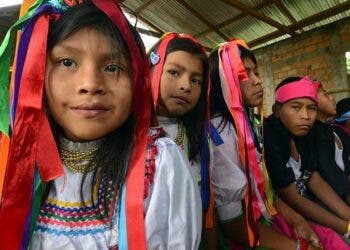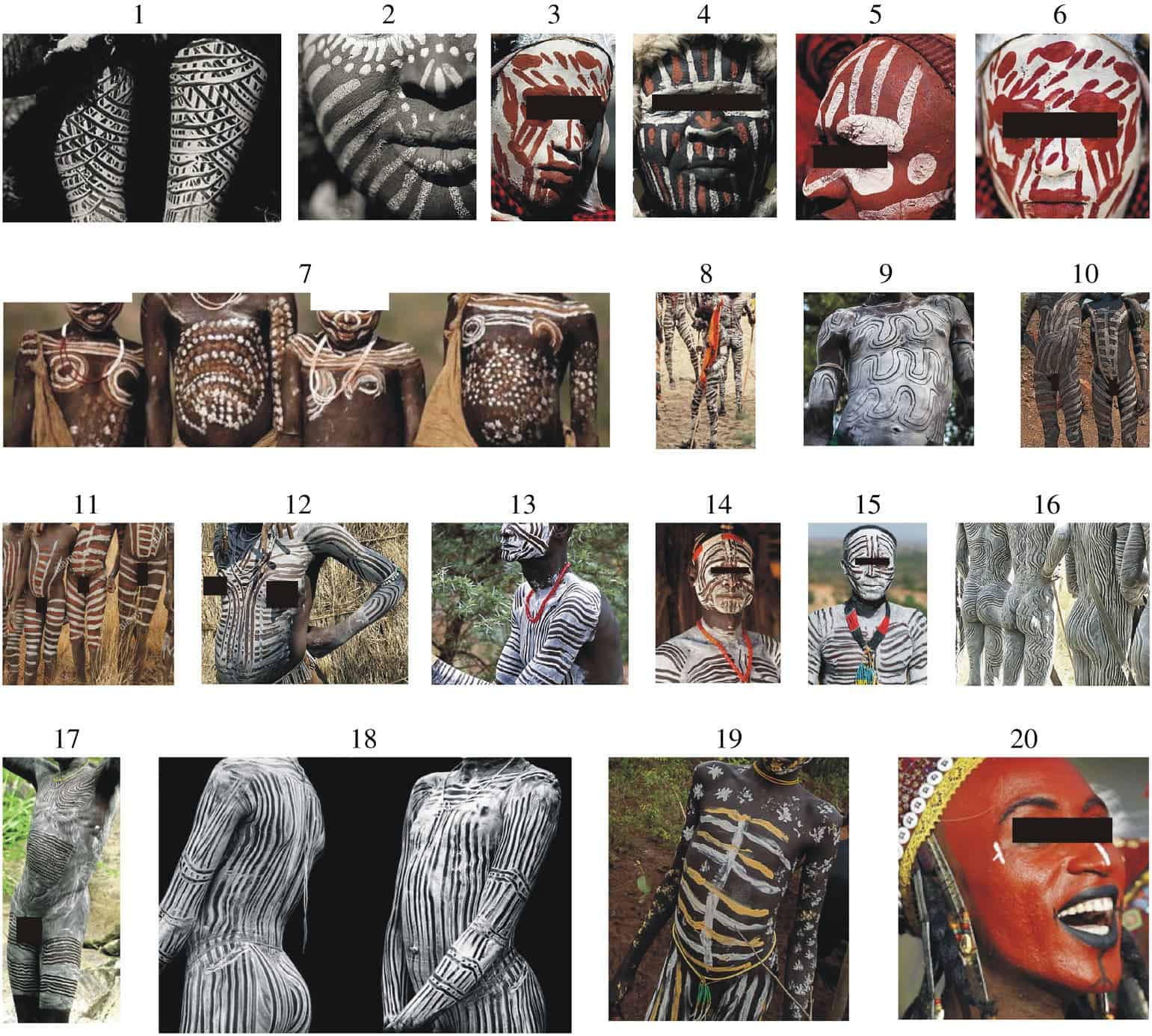Indigenous Peoples, who govern at least a quarter of the Earth’s surface, are playing a vital role in preserving the environment and promoting biodiversity. Yet, the lands they steward are facing unprecedented pressures from industrial development, including the paradoxical challenge from renewable energy sources.
Almost 60% of Indigenous Peoples’ lands, equivalent to over 22 million square kilometers, across 64 countries and all continents, are threatened by industrial development, according to a new study. his article unveils the intricate findings of the study, shedding light on the potential paths towards environmental justice and sustainable coexistence.

Scientists from the conservation non-profit The Nature Conservancy (TNC) did a global conversion risk assessment for lands formally or customarily governed by Indigenous Peoples. They combined maps of their lands, their current ecological condition and potential for future industrial development — scaling this to a national-level analysis.
“We aim to raise awareness about the magnitude of this challenge and to highlight solutions to combat future environmental and social injustices and better ensure that development is aligned with Indigenous Peoples’ values and visions for the future,” Christina Kennedy and Brandie Fariss, two of the study authors, told ZME Science.
Despite comprising 6.2% of the global population, Indigenous Peoples govern at least one-quarter of the world’s surface. The vast majority of their lands remain in good to moderate condition. Their stewardship plays a key role in conserving biodiversity, mitigating climate change and guaranteeing the provision of ecosystem services.
However, Indigenous Peoples face growing pressures from extractive and industrial activities. These pose a threat to their ways of life and to the environment that they inhabit and protect. The study, done alongside several research institutes, detailed the many drivers of industrial development putting pressure on Indigenous Peoples’ land.
The risks of industrial development
In their study, the researchers found renewable energy infrastructure to be the main driver of development pressure on 42% of Indigenous People’s lands, driven by solar, wind, hydropower or multiple sectors combined. While renewables can help to overcome barriers to energy justice, they can also lead to an expansion in land grabbing.
“Growing commitments to a renewable energy transition and low-carbon economy have greater potential to generate environmental and social benefits. But positive outcomes are far from certain, which is why it is crucial that renewable energy development includes Indigenous Peoples in its planning,” Keneddy and Fariss told ZME Science.

Other drivers of industrial development include oil and gas (18%), commercial agriculture for crops and biofuels (14%), and multiple sectors combined (13%). The expansion of oil and gas is concentrated in six countries (Russia, Norway, Ecuador, Guatemala, Paraguay, and New Zealand), while the expansion of agriculture is more dispersed.
Mining for coal, metallic and non-metallic resources is also a driver of industrial development on 9% of Indigenous Peoples’ lands, and its potential expansion can trigger significant negative impacts. Lastly, urbanization is a driver on 4% of the lands, which can radically transform Indigenous Peoples’ cultures and lead to erosion of their identity.
Despite the significant threats, the researchers argue there are opportunities to co-create a different trajectory. This will require governments, companies and civil society to partner with Indigenous Peoples to address the threats posed by industrial development and support them — increasing their ability to govern and protect their territories.
“We emphasize that weak or insecure rights are the most pervasive issue globally, and advocate for transformative approaches that foster Indigenous Peoples’ self-determination and center their rights and leadership in global efforts to address biodiversity loss and climate change,” Keneddy and Fariss told ZME Science.
The study was published in the journal One Earth.






